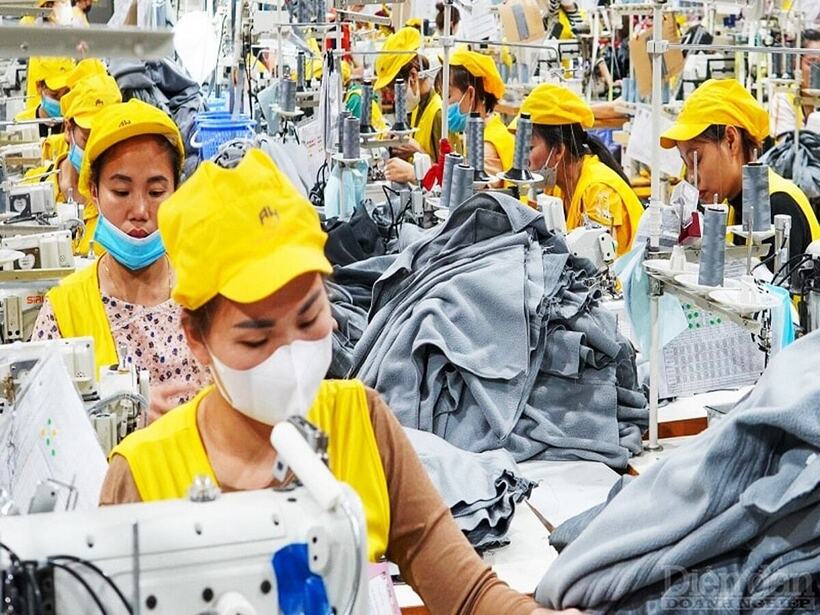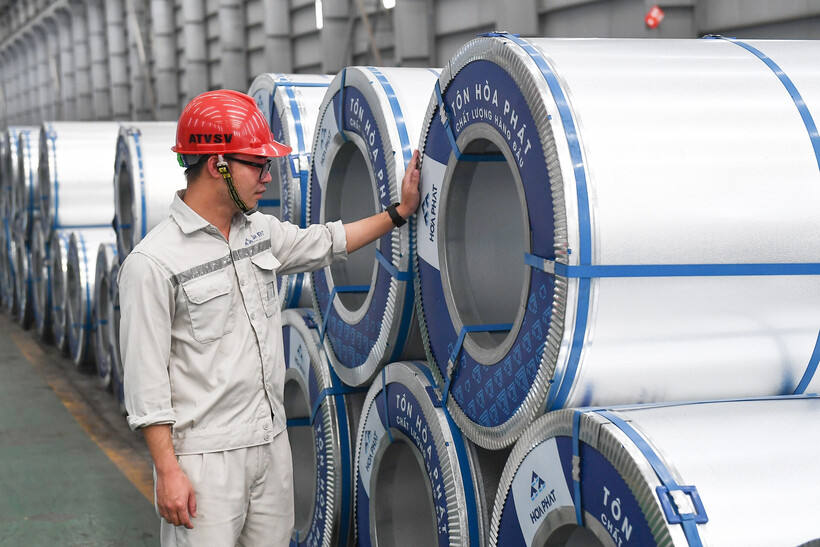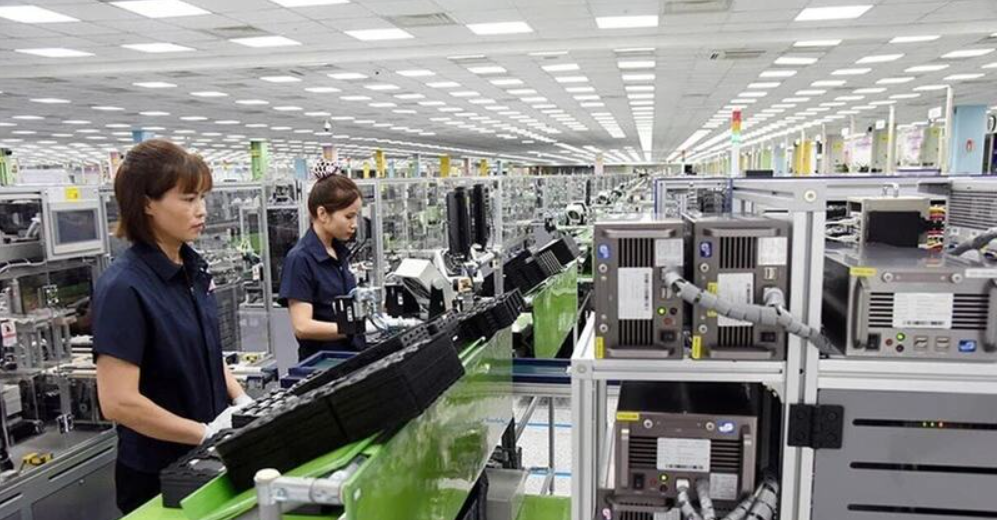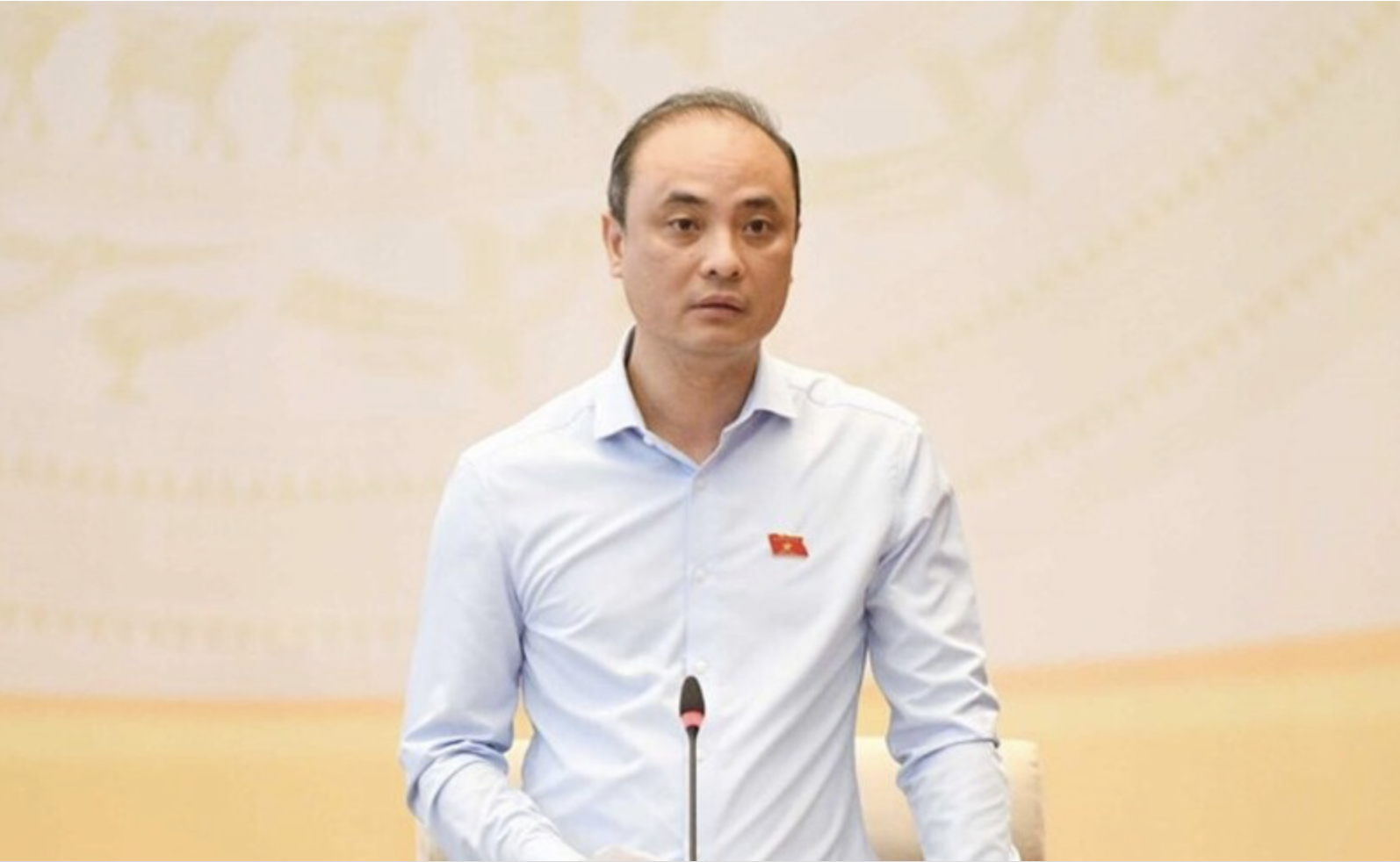
Silver market outlook for 2026 remains positive on supply-demand fundamentals
19:05 | 23/03/2025 17:50 | 05/01/2026Trade
Challenging, but possible
At the 2025 Vietnam Economic Growth Forum (VEGF), themed “Strategic and Practical Solutions to Promote High and Sustainable Growth in a New Context”, economists highlighted not only the challenges facing Vietnam’s economy but also the opportunities for the country to reach double-digit growth during 2026 - 2030.

Institutional reform will help Vietnam achieve double-digit income growth during the 2026 - 2030 period
Nguyen Xuan Phu, Vice Chairman of the Hanoi SME Association and Chairman of Sunhouse Group, pointed out that Vietnamese enterprises still face difficulties in expanding production or investment due to cumbersome administrative procedures, overlapping and inconsistent regulations. Despite government efforts to streamline these issues, progress remains slow and incomplete, hindering business opportunities and international integration.
According to Phu, Vietnamese enterprises are fully capable of participating deeply in global supply chains - provided the business environment undergoes bold reforms toward greater openness, transparency, and efficiency.
Beyond removing barriers, Phu emphasized the need for the government to clearly demonstrate a “companion” role with businesses in their initial phase and in establishing competitive advantages. He suggested that incentives such as tax breaks and initial support in accessing markets, technology, and capital could serve as vital levers to help Vietnamese businesses compete on the global stage.
In the textile and garment sector, Le Tien Truong, Chairman of Vietnam National Textile and Garment Group (Vinatex), noted that the industry's export turnover has surpassed USD 45 billion. However, to achieve 10% annual growth by 2030, the sector would need to reach around USD 80 billion in exports - an ambitious target.
To support this goal, Truong proposed that the government introduce more policies to incentivize investment in technology and productivity. Developing the industry in a more circular and environmentally friendly direction, he added, will be key to deeper integration into global value chains.
Creating opportunities for deeper global value chain integration
From the perspective of export activities, Assoc. Prof. Dr. Dao Ngoc Tien of Foreign Trade University emphasized that to foster fast and sustainable export growth, Vietnam needs a comprehensive strategy. This includes increasing product value, diversifying markets, accelerating digital transformation, and strengthening linkages between domestic firms and foreign-invested enterprises.

Businesses need support to participate more deeply in global value chains
Tien further stressed the importance of enabling domestic companies to move beyond basic outsourcing toward becoming integrated, high-value suppliers in global value chains. Doing so would help reduce reliance on imported raw materials, retain more domestic value, and foster a more resilient and self-sustaining industrial base.
To this end, Tien recommended policies to promote strong branding for domestic industries and enhance inter-firm cooperation. Upgrading production capabilities, optimizing costs, and investing in R&D to develop high value-added products are also crucial. Additionally, he advocated for rational strategies in sourcing materials to comply with rules of origin in FTAs and avoid allegations of trade fraud.
Meanwhile, Deputy Prime Minister Nguyen Chi Dung stressed that to achieve double-digit growth in the coming period, Vietnam must continue institutional reforms, mobilize all available societal resources for development investment, and leverage new growth space arising from the administrative merger of localities and the two-tier local government model. He also called for fully tapping into new growth drivers such as science and technology, digital transformation, semiconductors, and AI.
Dung added that Vietnam should develop new economic models and free trade zones while investing in high-quality human resources. Supporting the development of private, state-owned, and foreign-invested economic sectors will help form a comprehensive driving force for national development. The country should also focus on attracting key investment projects in strategic industries and advancing international integration under evolving global circumstances.
From a macroeconomic and financial policy standpoint, Dr. Can Van Luc, Chief Economist at BIDV, emphasized that to achieve the double-digit growth target, Vietnam must transition from a growth model based on natural resources and cheap labor to one driven by productivity gains and science and technology.

19:05 | 23/03/2025 17:50 | 05/01/2026Trade

19:05 | 23/03/2025 17:49 | 05/01/2026Industry

19:05 | 23/03/2025 20:41 | 04/01/2026Industry

19:05 | 23/03/2025 20:38 | 04/01/2026Industry

19:05 | 23/03/2025 15:50 | 04/01/2026Trade